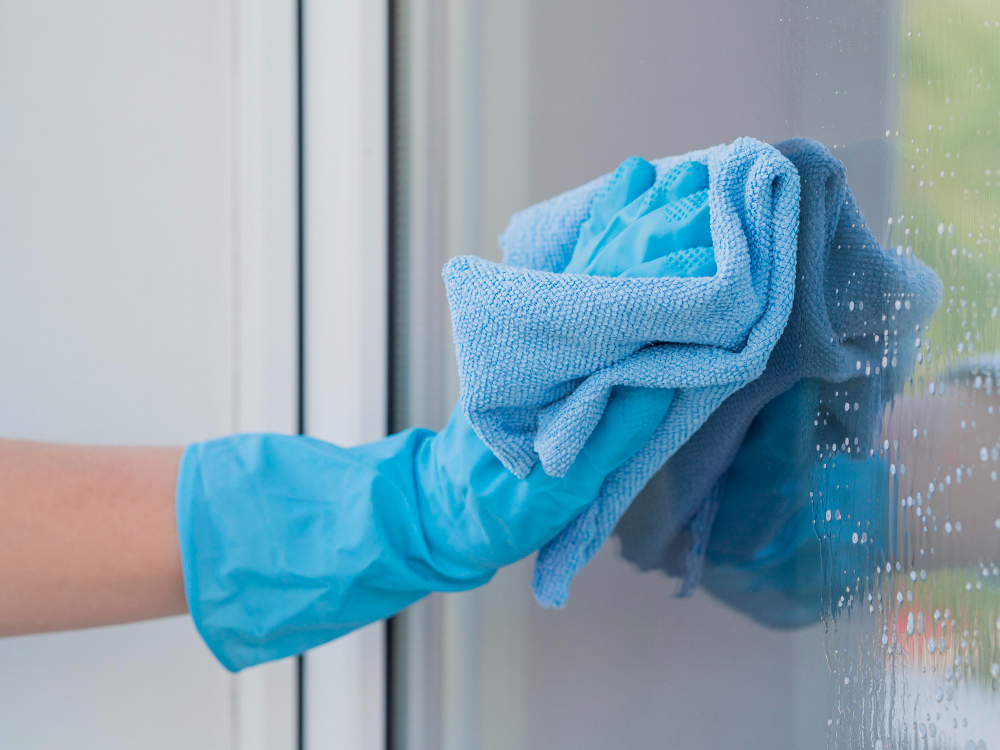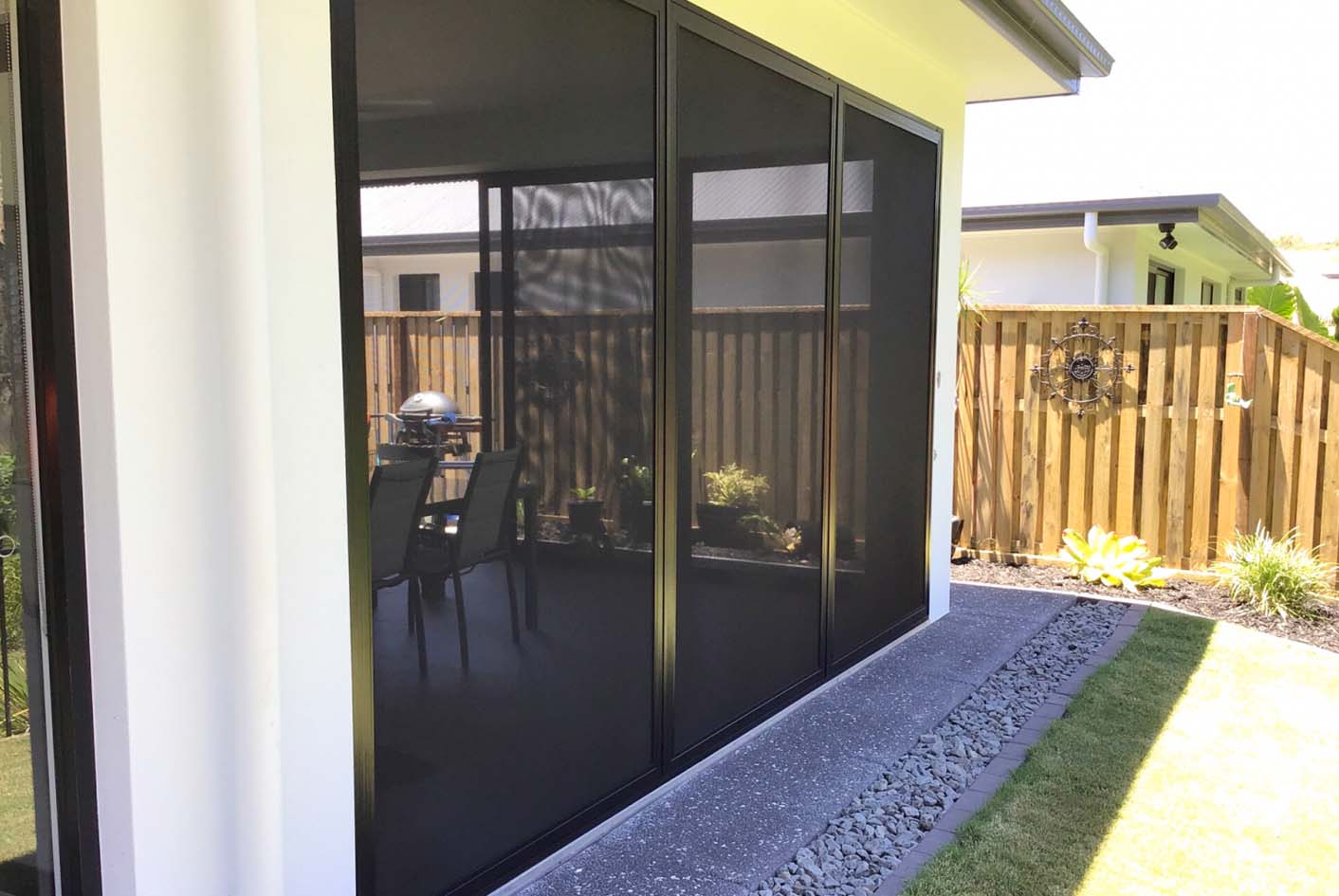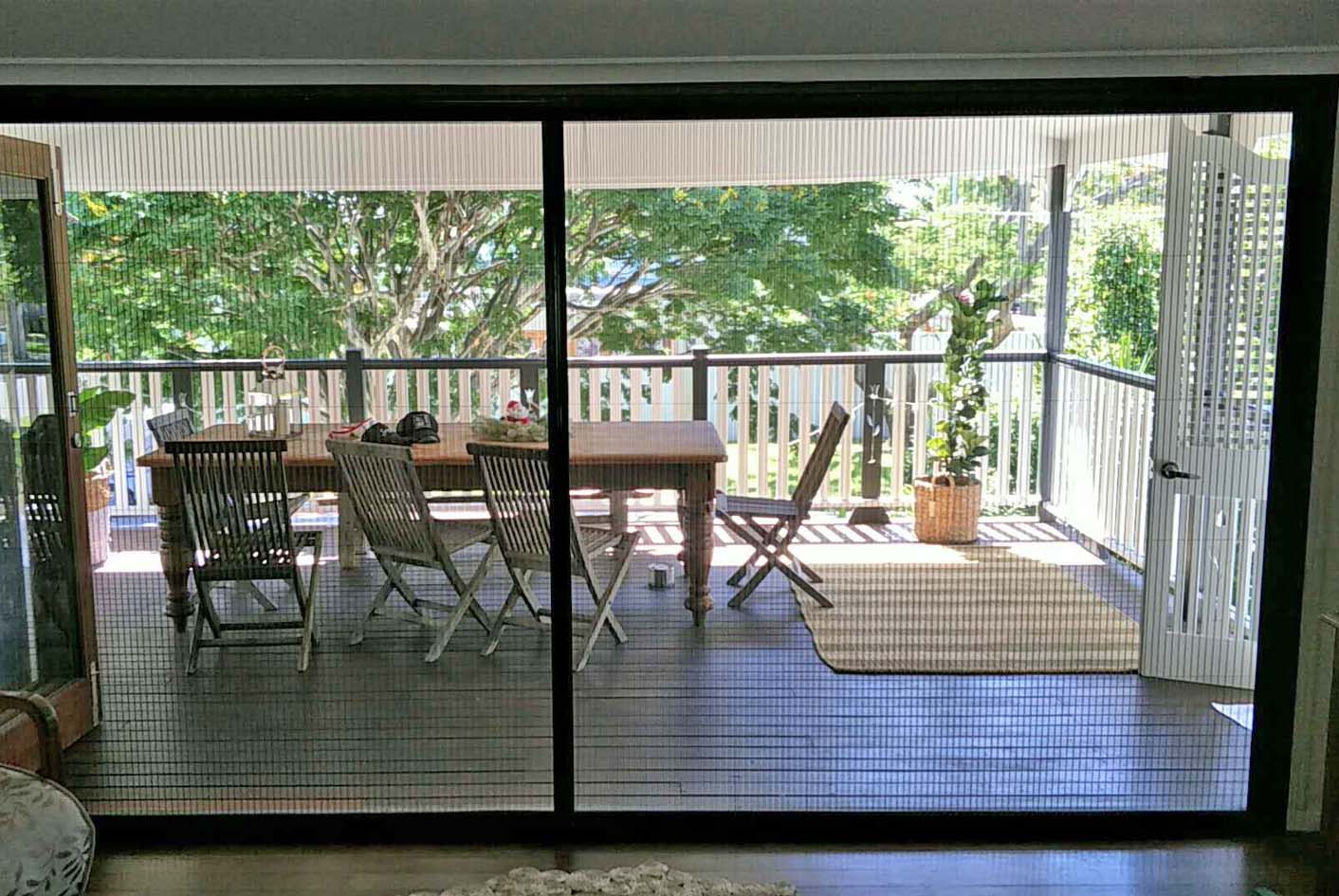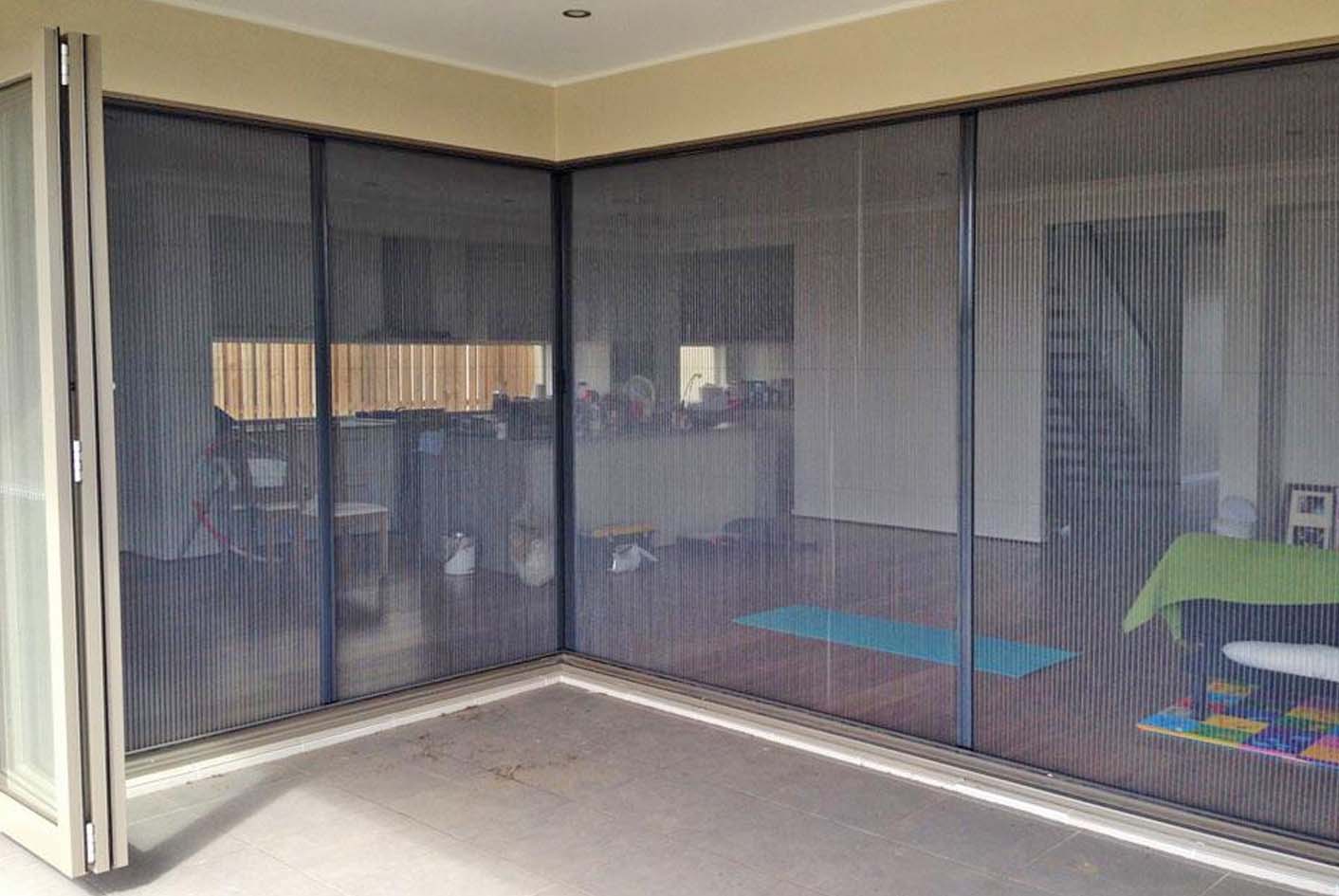Moving into a new home, especially when you’re the first owner is an exciting experience. Whether you’ve built your dream house from scratch or purchased off the plan, the prospect of a fresh start is both thrilling and rewarding. However, amidst the excitement there are crucial steps you should take to ensure your new home is comfortable, secure and ready for you to settle in smoothly.
1. Transferring Utilities and Services
Don’t forget to arrange for the transfer or setup of essential utilities like water, electricity, gas and internet. It’s best to contact service providers ahead of your move to ensure everything is up and running when you arrive. Some providers may require advance notice or appointments, so planning ahead can save you from delays and inconvenience.
2. Pre-Move Cleaning
Before bringing your belongings into the house, it’s essential to conduct a thorough cleaning. Even in a brand new home, construction dust and debris can accumulate, particularly in hidden corners, cabinetry and flooring. Ensuring your new home is clean not only creates a healthier living environment but also sets the stage for a smooth move in process. Taking the time to clean before the handover inspection also gives you the opportunity to spot any last minute issues that may need addressing.
3. Installing Security Screens
Security should be a top priority when moving into a new home, and we offer a wide range of custom security screens that not only keep intruders out but also allows you to enjoy fresh air without worrying about insects. The best time to install security screens is before you move in, as the installation process is quicker and more cost effective when the house is empty. Once furniture is in place, the installation may take longer, leading to higher costs. Security screens also offer additional benefits such as energy savings, which we’ll explore further below.
5. Safety Screens for Elevated Homes
If your new home is a two story or multi level property, safety screens become an important consideration, particularly if you have young children. Safety screens compliant with the AS 5203:2016 standard allow for better airflow while still protecting against potential falls. By installing these screens, you can legally remove restrictive window opening devices that limit ventilation, reducing the risk of mold and mildew buildup.
6. Energy Efficiency and Reducing Power Bills
One often unexpected benefit of installing security screens is their impact on energy efficiency. By allowing greater airflow, security screens reduce the need for air conditioning during warmer months. This natural ventilation keeps your home cooler, resulting in significant savings on your power bills. Some homeowners have reported cutting their energy costs by half after fitting security screens throughout their home. Over time, these savings can more than offset the initial cost of installation, making security screens an investment that pays off both in terms of security and energy conservation.
7. Testing Smoke Detectors
Safety is paramount, and testing smoke detectors is a crucial step that should not be overlooked. Verify that all smoke alarms are functioning properly, and consider upgrading to newer models if necessary. Early detection of smoke or fire can make all the difference in protecting your loved ones. While security is extremely important, safety measures like working smoke detectors are equally critical in your new home.
Moving into a new home is an exciting journey, but it comes with a checklist of tasks to ensure everything runs smoothly and we hope that by considering some of these steps it will help you settle in with confidence and provide a peace of mind.





